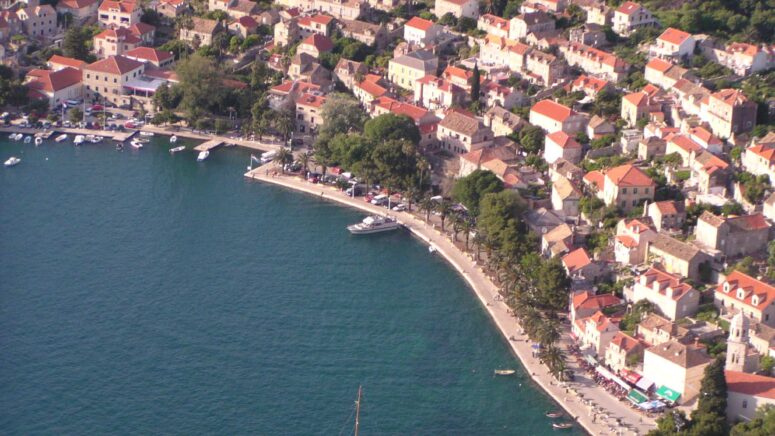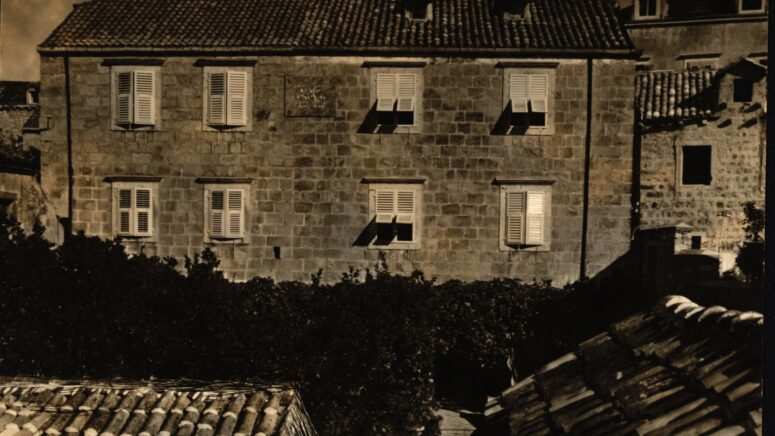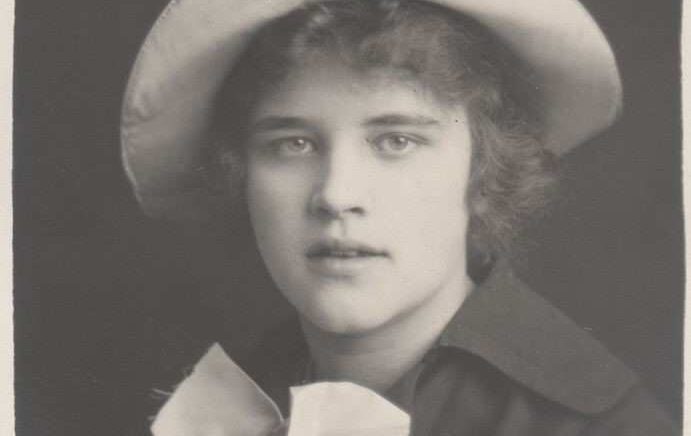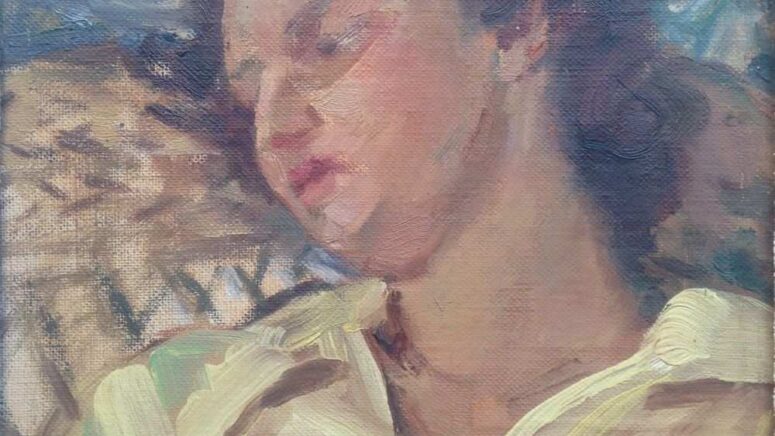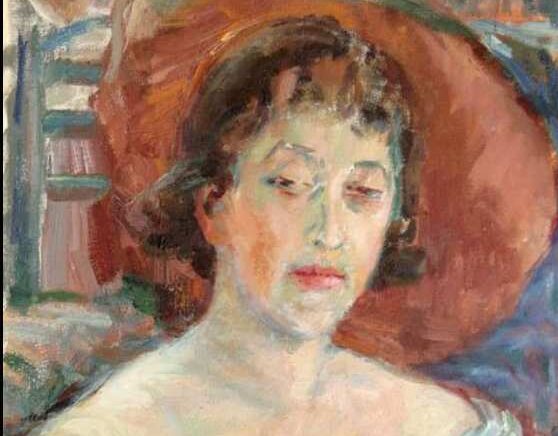Although the Konavle municipality expresses its cultural, national and religious unity through a shared way of life, shared customs, dialect, folklore and many other features of its people, as well as through common social and economic interests in the development of the area, its regions are at different stages of economic development and value. Furthermore, […]
In the early 19th century, Giuseppe Faggioni, an Italian sailor from the Genoa area and the grandfather of Vlaho Bukovac, sailed into the port of Cavtat. The exact reason for his prolonged stay in Cavtat has remained unknown – it is speculated to have been either a storm or a ship repair. What is known, […]
The painter Mirko Rački, Bukovac’s student in Prague, wrote about the two daughters of his mentor, claiming that `they painted well and skilfully imitated their father.’One of them, Ivanka, was the youngest child of Vlaho and Jelica Bukovac; following the death of her mother, sister Jelica and brother Ago in 1968, Ivanka left Prague together […]
Jelica Bukovac, the third child of Vlaho and Jelica Bukovac, was born in Zagreb on 19th August 1897. She spent the first year of her life in a magnificent, newly built house at the Zrinjevac square, where her older brother Ago and sister Marija played in the yard in front of her father’s studio. Art […]
On the impressive Cavtat promenade, known among the locals as oko Rata (`at the Rat peninsula promenade’), a lonely stone house on the very tip of the peninsula catches the eye of almost every passer-by. Even today, it is still locally known as `the Russian woman’s house’. Namely, it was the peaceful abode in which […]
